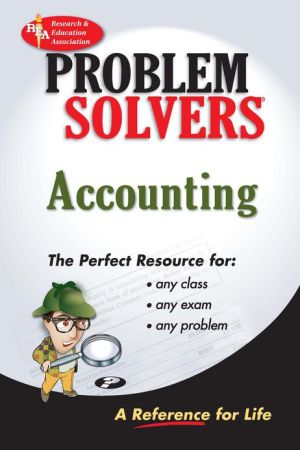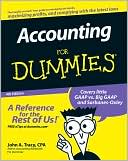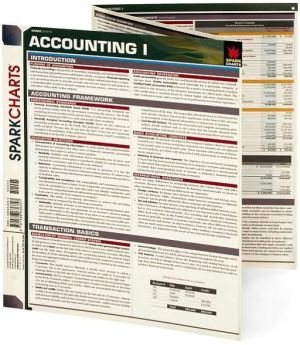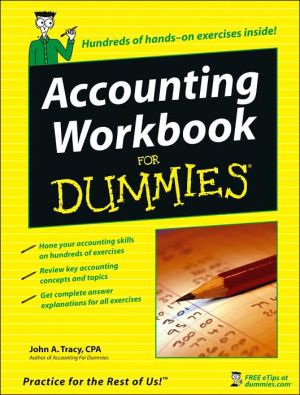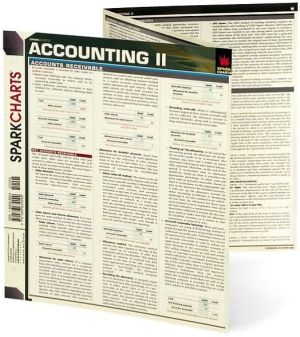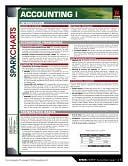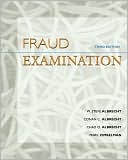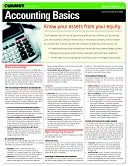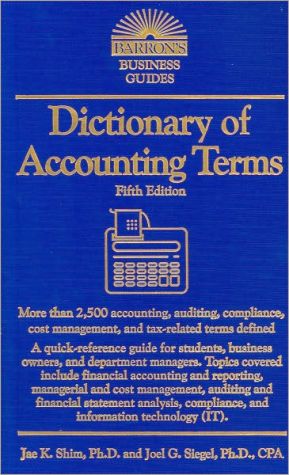The REA's The Accounting Problem Solver: A Complete Solution Guide to Any Textbook
REA’s Accounting Problem Solver\ Each Problem Solver is an insightful and essential study and solution guide chock-full of clear, concise problem-solving examples. Answers to all of your questions can be found in one convenient source from one of the most trusted names in reference solution guides. More useful, more practical, and more informative, these study aids are the best review books and textbook companions available. They're perfect for undergraduate and graduate studies.\ This highly...
Search in google:
Each Problem Solver is an insightful and essential study and solution guide chock-full of clear, concise problem-solving gems. Answers to all of your questions can be found in one convenient source from one of the most trusted names in reference solution guides. More useful, more practical, and more informative, these study aids are the best review books and textbook companions available. Nothing remotely as comprehensive or as helpful exists in their subject anywhere. Perfect for undergraduate and graduate studies.Here in this highly useful reference is the finest overview of accounting currently available, with hundreds of accounting problems that cover everything from interest and cash flow to taxes and corporate earnings. Each problem is clearly solved with step-by-step detailed solutions.
\ \ WHAT THIS BOOK IS FOR \ \ Students have generally found accounting a difficult subject to understand and learn. Despite the publication of hundreds of textbooks in this field, each one intended to provide an improvement over previous textbooks, students of accounting continue to remain perplexed as a result of numerous subject areas that must be remembered and correlated when solving problems. Various interpretations of accounting terms also contribute to the difficulties of mastering the subject. \ \ In a study of accounting, REA found the following basic reasons underlying the inherent difficulties of accounting: \ \ No systematic rules of analysis were ever developed to follow in a step-by-step manner to solve typically encountered problems. This results from numerous different conditions and principles involved in a problem that leads to many possible different solution methods. To prescribe a set of rules for each of the possible variations would involve an enormous number of additional steps, making this task more burdensome than solving the problem directly due to the expectation of much trial and error. \ \ Current textbooks normally explain a given principle in a few pages written by an accounting professional who has insight into the subject matter not shared by others. These explanations are often written in an abstract manner that causes confusion as to the principle's use and application. Explanations then are often not sufficiently detailed or extensive enough to make the reader aware of the wide range of applications and different aspects of the principle being studied. The numerous possible variations ofprinciples and their applications are usually not discussed, and it is left to the reader to discover this while doing exercises. Accordingly, the average student is expected to rediscover that which has long been established and practiced, but not always published or adequately explained. \ \ The examples typically following the explanation of a topic are too few in number and too simple to enable the student to obtain a thorough grasp of the involved principles. The explanations do not provide sufficient basis to solve problems that may be assigned for homework or given on examinations. \ \ Poorly solved examples such as these can be presented in abbreviated form which leaves out much explanatory material between steps, and as a result requires the reader to figure out the missing information. This leaves the reader with an impression that the problems and even the subject are hard to learn - completely the opposite of what an example is supposed to do. \ \ Poor examples are often worded in a confusing or obscure way. They might not state the nature of the problem or they present a solution, which appears to have no direct relation to the problem. These problems usually offer an overly general discussion - never revealing how or what is to be solved. \ \ Many examples do not include accompanying diagrams or graphs denying the reader the exposure necessary for drawing good diagrams and graphs. Such practice only strengthens understanding by simplifying and organizing accounting processes. \ \ Students can learn the subject only by doing the exercises themselves and reviewing them in class, obtaining experience in applying the principles with their different ramifications. \ \ In doing the exercises by themselves, students find that they are required to devote considerable more time to accounting than to other subjects, because they are uncertain with regard to the selection and application of the theorems and principles involved. It is also often necessary for students to discover those "tricks" not revealed in their texts (or review books) that make it possible to solve problems easily. Students must usually resort to methods of trial and error to discover these "tricks," therefore finding out that they may sometimes spend several hours to solve a single problem. \ \ When reviewing the exercises in classrooms, instructors usually request students to take turns in writing solutions on the boards and explaining them to the class. Students often find it difficult to explain in a manner that holds the interest of the class, and enables the remaining students to follow the material written on the boards. The remaining students in the class are thus too occupied with copying the material off the boards to follow the professor's explanations. \ \ This book is intended to aid students in accounting overcome the difficulties described by supplying detailed illustrations of the solution methods that are usually not apparent to students. Solution methods are illustrated by problems that have been selected from those most often assigned for class work and given on examinations. The problems are arranged in order of complexity to enable students to learn and understand a particular topic by reviewing the problems in sequence. The problems are illustrated with detailed, step-by-step explanations, to save the students large amounts of time that is often needed to fill in the gaps that are usually found between steps of illustrations in textbooks or review/outline books. \ \ The staff of REA considers accounting a subject that is best learned by allowing students to view the methods of analysis and solution techniques. This learning approach is similar to that practiced in various scientific laboratories, particularly in the medical fields. \ \ In using this book, students may review and study the illustrated problems at their own pace; students are not limited to the time such problems receive in the classroom. \ \ When students want to look up a particular type of problem and solution, they can readily locate it in the book by referring to the index that has been extensively prepared. It is also possible to locate a particular type of problem by glancing at just the material within the boxed portions. Each problem is numbered and surrounded by a heavy black border for speedy identification.
Introduction Chapter 1: Earnings Per Share of the Corporation Chapter 2: Stocks Chapter 3: Retained Earnings Chapter 4: Earning Per Share of the Corporation Chapter 5: Investments in Stocks and Bonds Chapter 6: The Balance Sheet Chapter 7: Interest and Money's Value Chapter 8: Cash and Receivables Chapter 9: Inventories Chapter 10: Determination of Ending Inventories Chapter 11: Long-Term Assets Chapter 12: Depreciation, Depletion, and Amortization Chapter 13: Intangible Assets Chapter 14: Current Liabilities Chapter 15: Long-Term Liabilities Chapter 16: Recognizing Revenue Chapter 17: Income Tax Accounting Chapter 18: Accounting for Pensions Chapter 19: Leases Chapter 20: Changes in Accounting Systems and Analysis of Errors Chapter 21: Cash Flow Chapter 22: Analysis of Financial Statements Index
